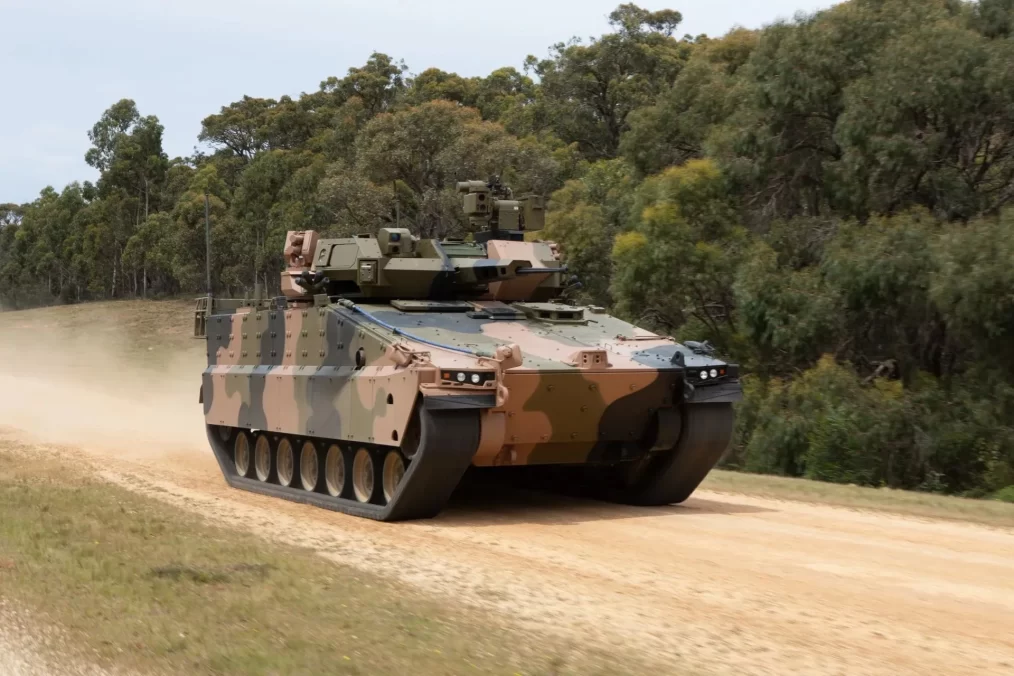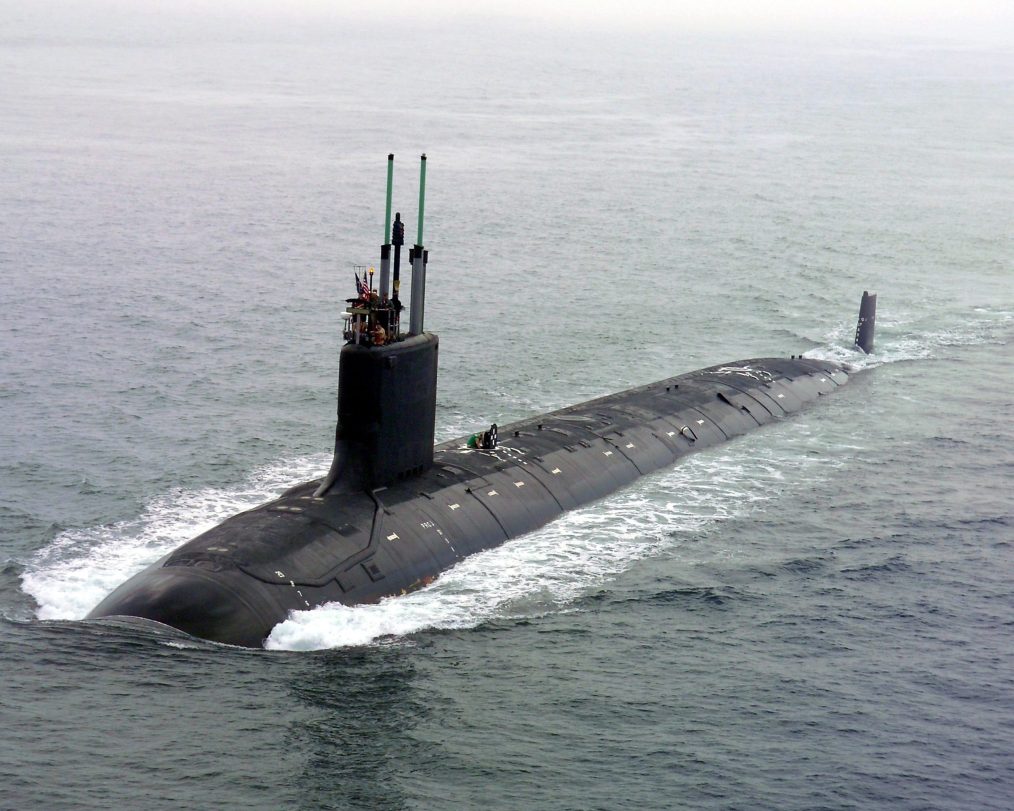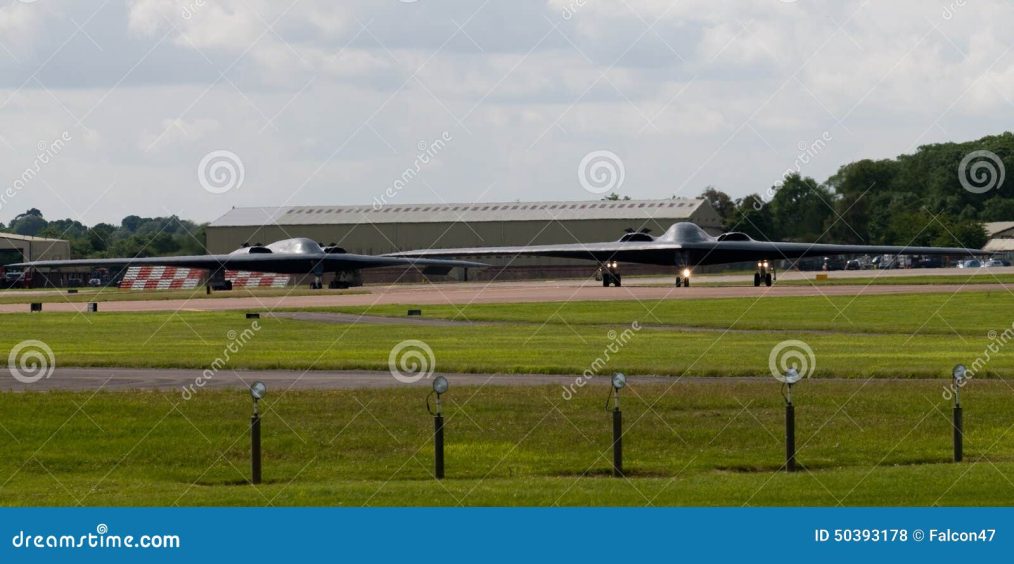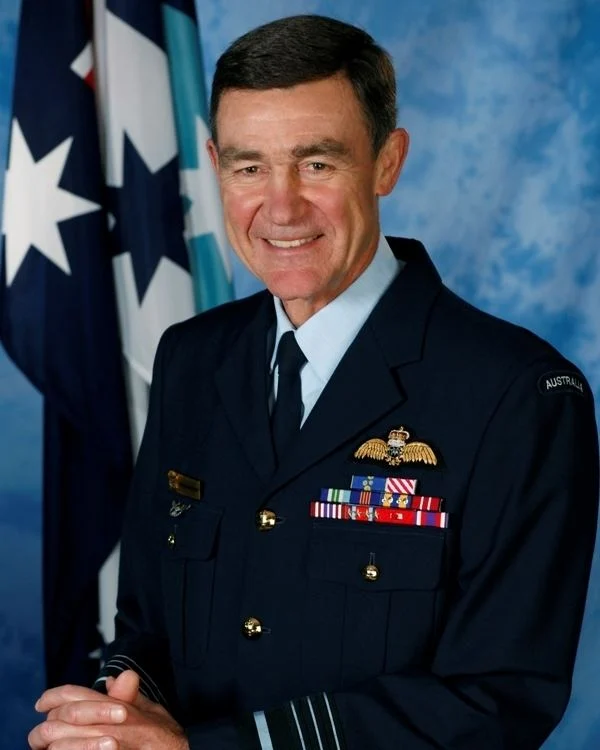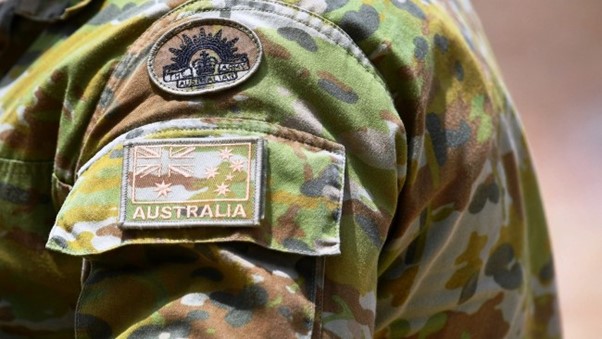Air Chief Marshal Sir Allan Grant “Angus” Houston, AK, AFC, born on 9 June 1947, is a highly respected and influential figure in Australian military history. With a career spanning over four decades in the Royal Australian Air Force (RAAF), Houston rose through the ranks to become Chief of Air Force in 2001 and later Chief of the Defence Force (CDF) in 2005. His legacy extends far beyond his military service, as he continues to play a pivotal role in public life, offering his expertise and leadership across various sectors in Australia.
Houston was born in Ayrshire, Scotland, and spent his formative years attending Strathallan School in Forgandenny, Perthshire. His early life in Scotland instilled a sense of discipline and responsibility, values that would later define his military career. In 1968, at the age of 21, Houston made the life-changing decision to emigrate to Australia. His initial years in Australia were spent working as a jackaroo on a sheep and wheat farm in the North Eastern Wheatbelt region of Western Australia, near the town of Mukinbudin. This experience, though vastly different from his later military service, helped him adapt to his new country and fostered a strong connection to rural Australia.
In 1970, Houston joined the RAAF as a cadet pilot, marking the beginning of a distinguished military career. He quickly earned the nickname “Angus,” a reference to his Scottish roots. Just a year later, on 20 March 1971, Houston was granted an eight-year short-service commission as a pilot officer, and by 1973, he had been promoted to flying officer.
Houston’s early career was defined by his skill as a helicopter pilot. He flew UH-1 Iroquois helicopters in various challenging environments, including Australia, Papua New Guinea, and Indonesia. These early assignments exposed him to a variety of terrains and situations, honing his piloting skills and preparing him for the challenges ahead. His abilities were soon recognized, and he was awarded a permanent commission in 1975, followed by a promotion to flight lieutenant later that year.
After completing the Flying Instructors Course in 1975, Houston embarked on several instructional tours, where he trained pilots on aircraft such as the Macchi MB-326H, British Aircraft Corporation Strikemaster, and Iroquois helicopters. His expertise and leadership took him to the Republic of Singapore Air Force from 1976 to 1978, followed by a posting to No. 9 Squadron at RAAF Base Amberley. Houston’s skills extended beyond piloting, as he was involved in rescue operations, one of which earned him the Air Force Cross in 1980 for an open-sea rescue in gale-force winds off the coast of New South Wales.
Promoted to squadron leader in 1982, Houston’s career continued to flourish. He took on key leadership roles, including command of No. 9 Squadron, where he introduced the Black Hawk helicopter into service and oversaw its transition to the Australian Army. His success in these roles earned him admission as a Member of the Order of Australia in 1990.
By the 1990s, Houston was ascending into senior command positions within the RAAF. Promoted to group captain in 1992, he assumed the post of Director of Air Force Policy, where he played a key role in negotiating the establishment of the Republic of Singapore Air Force Flying School at RAAF Base Pearce. His career took on an increasingly strategic dimension, with involvement in planning during the Persian Gulf War of 1990–1991.
Houston’s rise continued, and by the late 1990s, he held critical roles, including Chief of Staff at Headquarters Australian Theatre and Commander of the Integrated Air Defence System. In 2000, he was appointed Head of Strategic Command, preparing him for his eventual appointment as Chief of Air Force in 2001.
Houston’s tenure as Chief of Air Force, starting on 20 June 2001, coincided with significant global and regional challenges, including the aftermath of the September 11 terrorist attacks. His leadership during this period helped shape Australia’s air power capabilities and its role in international military operations. Houston’s work was recognized with his advancement to Officer of the Order of Australia in the 2003 Australia Day Honours.
On 4 July 2005, Houston was promoted to air chief marshal and appointed Chief of the Defence Force, the highest-ranking military position in Australia. His time as CDF was marked by both domestic and international challenges. Notably, Houston played a central role in the Children Overboard Affair, a political controversy during the 2001 Australian federal election. Houston famously challenged the government’s claim that asylum seekers had thrown children overboard in an attempt to secure rescue and entry into Australia. His testimony during a Senate inquiry in 2002 was a pivotal moment, demonstrating his commitment to truth and integrity.
Houston also oversaw Australia’s military involvement in the Middle East, including operations in Iraq and Afghanistan, as well as the strategic pivot towards the Asia-Pacific region. His leadership was further acknowledged in the 2008 Australia Day Honours, when he was advanced to a Companion of the Order of Australia. His appointment as CDF was extended until July 2011, reflecting the confidence in his leadership during a period of significant geopolitical change.
Upon his retirement from the military in July 2011, Houston transitioned to several prominent public service roles. He was appointed Chair of the Anzac Centenary Advisory Board, responsible for overseeing the planning and implementation of events commemorating the centenary of Australia’s involvement in World War I. His leadership in this role helped ensure that the sacrifices of Australian soldiers were honoured on a national and international scale.
In December 2011, Houston was appointed chairman of Airservices Australia, where he utilized his extensive experience in aviation and governance. His role involved overseeing the country’s air navigation services and air traffic control, a critical position in ensuring the safety and efficiency of Australian aviation.
In 2014, Houston was thrust into the global spotlight when he was appointed to lead the Joint Agency Coordination Centre during the search for Malaysia Airlines Flight 370, which had mysteriously disappeared in March of that year. His leadership and expertise during the complex search operation earned him widespread respect. Later that year, Houston also played a significant role in the response to the downing of Malaysia Airlines Flight MH17 over Ukraine.
For his service to Australia, particularly in leading these efforts, Houston was knighted in the 2015 Australia Day Honours. Although deeply honoured by the recognition, Houston expressed his preference to continue being called “Angus,” reflecting his humility and down-to-earth nature.
In June 2015, Houston was appointed as the special envoy for South Australia, where he supported trade missions, advised on international engagement strategies, and utilized his extensive networks in Asia to benefit the state’s economic interests. His role as special envoy has helped strengthen South Australia’s relationships with key international markets, especially in the Asia-Pacific region.
Air Chief Marshal Sir Angus Houston’s career is a testament to his dedication, leadership, and integrity. From his early days as a pilot in the RAAF to his role as Chief of the Defence Force, Houston has consistently demonstrated a commitment to service and excellence. His contributions extend beyond the military, as he continues to serve the Australian public in various capacities, offering his expertise in aviation, defence, and international relations. A knight of the Order of Australia, Houston remains a respected figure both at home and abroad, admired for his leadership, humility, and unwavering commitment to his country.



